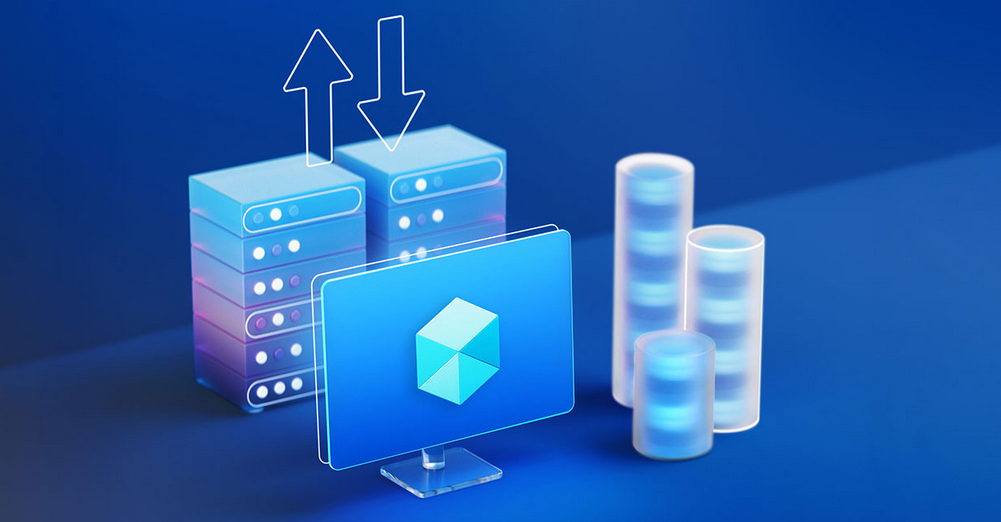A Historical Look at Data – CREATE DATABASE dbName; GO

Humans have been collecting and storing data for thousands of years. The earliest example is a tally stick, which was a bone that people scratched lines into when counting supplies or tracking business activities of some kind. You have probably also heard of an abacus, which was the first dedicated device created for the purpose of performing calculations and storing data. There were many iterations of data storage mechanisms between the tally stick and what exists now on cloud platforms. Two events that have had the most profound impact on data storage and data creation were the mass adoption of the Internet and the establishment of social platforms.
Early on, the Internet was a place to get information. There were very few websites, and most data was being shared on a Usenet. The Usenet was simply a group of interconnected servers that users could dial into and then post, read, and comment on messages. It was similar to Twitter or Discord platforms, but the Usenet was a console application and totally text‐based. The data on the Usenet was archived and searchable. Those were the early days when computers were not on every desktop, so primarily professionals used them for work‐related activities. Then came along affordable home computers, and Netscape and Yahoo, which changed everything. Initially, once people could afford a personal computer and make a connection to the Internet, there was no user‐friendly software to access data on public servers. There also was no global Internet address registry, which meant you needed to know the data address in advance to access it. The Netscape browser filled the gap for a user‐friendly application to “surf the web” and Yahoo became the platform where you could discover the locations of different kinds of data information.
Once the ease of using the Internet increased and the number of people accessing it grew, companies began doing business commerce on it. Amazon, of course, was one of the first and most successful examples of companies doing business on the Internet. Companies that did business on the Internet needed to capture and store information about the people they transacted with. That makes sense, especially when there are financial transactions that take place. Internet commerce is a primary contributor to the beginning of data capturing and storage of personal information. The amount of data being collected and generated has continually increased to the point where an entire virtual private network (VPN) industry was conceived to conceal the identity and activity of individuals using the Internet. Without a VPN, your location, the kind of device you are accessing from, the operating system version on the device, and the application you are accessing with can all be detected and stored while traversing the Internet. Companies have come up with some very interesting uses for that kind of data. You could probably come up with some uses for this data too if that data was in front of you in Azure Synapse Analytics, and you had some moments of inspirations.
Most people have an Internet‐connected device with them, 24/7. They willingly (sometimes unwittingly) share almost every aspect of their life with the numerous companies whose apps they have installed. Many of those apps are social apps like Facebook, Google Maps, and TikTok, each of which has greatly contributed to data generation and storage. The combination of Internet commerce and the constant generation and storage of data from Internet‐connected devices and social apps contributed to the emergence of the term Big Data. To better understand what Big Data means, see Figure 2.1, then read on to learn about its three characteristics: variety, velocity, and volume.

FIGURE 2.1 Big Data characteristics
Humans have been collecting and storing data for thousands of years. The earliest example is a tally stick, which was a bone that people scratched lines into when counting supplies or tracking business activities of some kind. You have probably also heard of an abacus, which was the first dedicated device created for the purpose…

Archives
- August 2024
- July 2024
- June 2024
- May 2024
- April 2024
- March 2024
- February 2024
- January 2024
- December 2023
- November 2023
- October 2023
- September 2023
- July 2023
- May 2023
- April 2023
- March 2023
- February 2023
- January 2023
- December 2022
- November 2022
- October 2022
- September 2022
- May 2022
- April 2022
- February 2022
- January 2022
- December 2021
- October 2021
- September 2021
- August 2021
- June 2021
- May 2021
- April 2021
Contact US